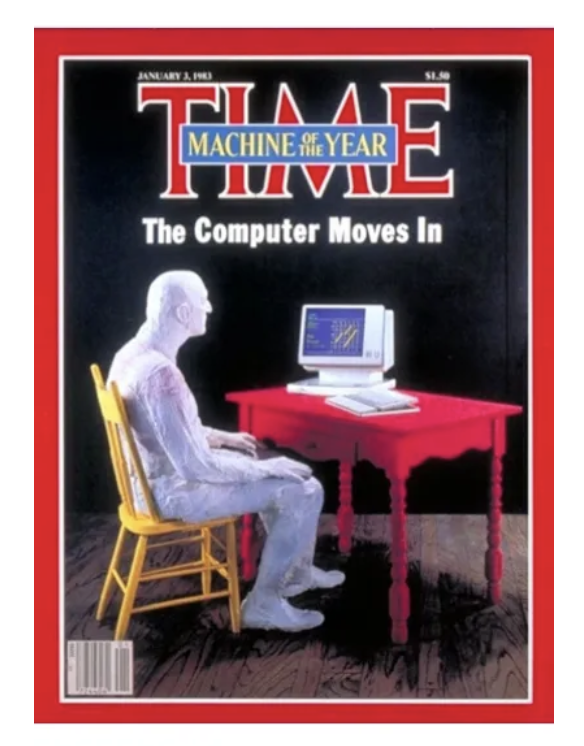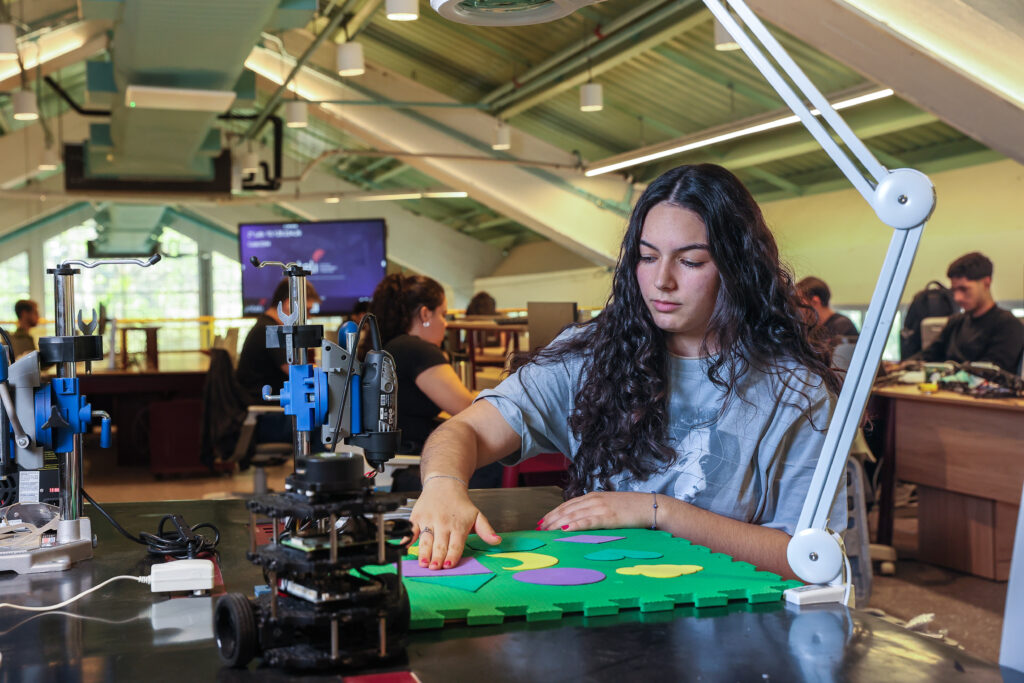
In 2007, Gabe Newell, founder of Valve, the company responsible for the legendary Half Life and Portal series and which today dominates the online games market with the Steam platform, called the Playstation 3 "a waste of time for everyone involved" - and this has everything to do with Computer Engineering. Want to understand it better? Then read on.
The origin: the IBM PC and the birth of personal computing
Let's go back in time a little. The year is 1981 and Sony is completely focused on the revolutionary Walkman - and there isn't even an embryo of what would become the Playstation division. But the focus of our trip back in time is not the Japanese Sony, but the Americans IBM and Intel.


These two companies were working together on a launch that would change the history of computing forever: the Model 5150, popularly known as the IBM Personal Computer.
Today, the name of the machine launched by IBM has practically become a synonym for almost every type of computer we interact with.
If that's not enough evidence of the importance of this launch, here's another: in 1982, Timededicmagazine awarded its "Person of the Year" prize to an inanimate object for the first time in history. Yes, the person of the year in 1982 was the personal computer.
The link between Intel, Gabe Newell, the Playstation 3 and Computer Engineering
The answer lies in the Central Processing Unit, or CPU for short. The brain of the 5150 model was the Intel 8088, a variant of the 8086 processor.
Not familiar with the 8086? That's okay, not everyone is perfect. It's the most influential processor in history.
Why the 8086 was so important
The 8086 was one of the first 16-bit processors and introduced very important concepts for computing, such as segmented memory, which increased the amount of memory addressable by the CPU.
Other innovations of the 8086 included the ability to integrate it with coprocessors, which made it possible to divide the processing load - these coprocessors are the ancestors of today's famous GPU.
In addition, the 8086 had a programmer-friendly instruction set and pipelining techniques that optimized instruction execution. These innovations made the 8086 extremely influential, and the use of its 8088 variant in the IBM PC crowned this influence.
The influence that lasts
Have you ever noticed an executable file with a suffix like x86_64.exe? This indicates that the executable was compiled for a 64-bit x86 architecture, the most common among personal computers and servers.
In other words, the 8086 defined the processor architecture standard that still dominates much of the computing market.
The Playstation 3 case: when technical innovation meets practical barriers

This is where the Playstation 3 comes in. At the time of its launch, it was still common for console manufacturers to participate in the creation of processors made especially for their products.
Nintendo and Microsoft chose a relatively common architecture called PowerPC (used in the Wii and Xbox 360). Sony, on the other hand, took a high-risk gamble and developed the Cell, a single-architecture processor - still a matter of debate today.
The Cell processor: innovation and complexity
The main idea behind Cell was the division between a main general-purpose core(Power Processor Unit) and several secondary cores for massively parallel processing(Synergistic Processor Units).
This architecture was an innovation ahead of its time and perfectly aligned with the graphic challenges of video games.

On the other hand, programming Cell "involved an inhuman effort", according to developers at the time. In addition to Gabe Newell, other companies such as Ubisoft, Naughty Dog, Bethesda and Epic Games declared their dissatisfaction with the difficulty of working with Sony's hardware.
The impact on the market and lessons learned
The developers' pain translated into business problems: the PS3 had performance difficulties and ran worse games than the competing Xbox 360, even with superior hardware.
This was one of the reasons why Sony failed to repeat the success of the PS2. The lesson: technological innovation without considering added value and user experience can lead to disappointing results.
In the following generation, both the Xbox One and Playstation 4 migrated to x86 architecture, simplifying development - a pattern that continues today with the Xbox Series X/S and Playstation 5.
Where does Computer Engineering come in?
Computer engineers are professionals who understand both hardware and software. They are able to analyze the impact of architectural decisions, such as Sony's, and integrate complex systems using cloud computing and artificial intelligence.
In the case of the PS3, the engineers showed technical competence in trying to solve a real challenge - but ignored the developer's experience, generating business impact and leadership failures.
The role of training in Inteli

At Inteli, the Computer Engineering goes beyond technical training. It prepares students to also consider the design and business implications of their solutions.
The curriculum includes leadership training, ensuring that future professionals create solutions with real value for society - all in a model 100% based on real projects developed with market partners.
Interested? How about applying to our selection process?




